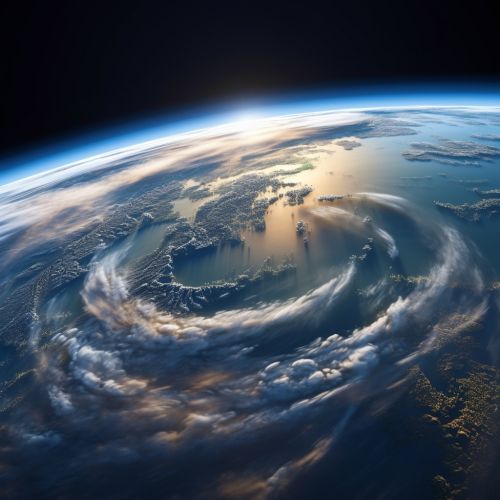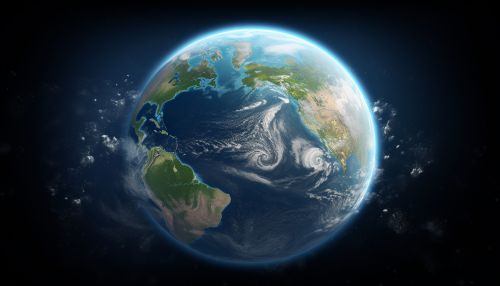The Science of Weather Fronts and Their Impact
Introduction
Weather fronts are the boundaries between two masses of air of different densities. They are a critical component of meteorological science as they often signify changes in the weather. The interaction between these air masses can result in a variety of weather conditions, from clear skies to severe storms. Understanding the science of weather fronts and their impact is crucial for meteorologists, climate scientists, and anyone interested in the weather.
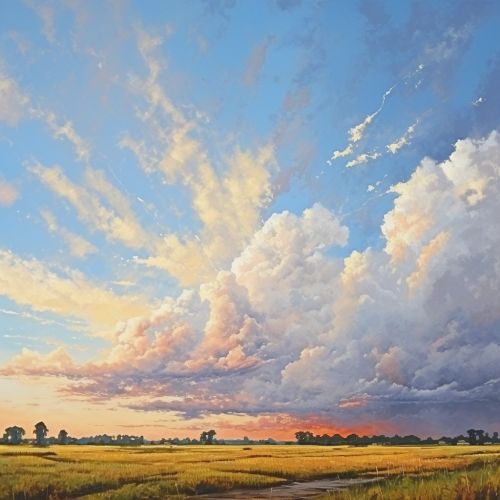

Types of Weather Fronts
There are four primary types of weather fronts: cold fronts, warm fronts, stationary fronts, and occluded fronts. Each type of front is associated with specific weather patterns and atmospheric conditions.
Cold Fronts
A cold front occurs when a cold air mass moves into an area occupied by a warmer air mass. The denser cold air pushes under the warm air, causing it to rise. This upward movement of warm air often leads to the formation of cumulus or cumulonimbus clouds, which can result in precipitation.


Warm Fronts
A warm front is formed when a warm air mass moves into an area previously occupied by a colder air mass. Unlike cold fronts, the movement in warm fronts is gradual. The warm air slides over the cold air, leading to the formation of stratus or stratocumulus clouds. These clouds often bring light, continuous rain or drizzle.


Stationary Fronts
A stationary front is a boundary between two air masses that are not strong enough to replace each other. The front remains stationary, or moves very little, often leading to prolonged periods of cloudiness and precipitation.

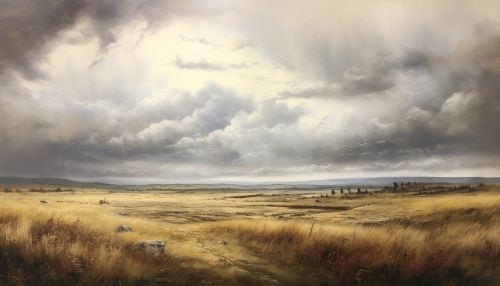
Occluded Fronts
An occluded front, or occlusion, occurs when a cold front overtakes a warm front. This results in the warm air being lifted off the ground completely. Occluded fronts often bring a mixture of weather conditions, including rain, snow, and possibly thunderstorms.
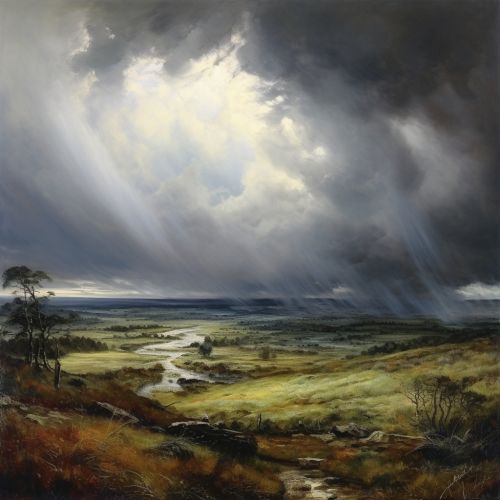
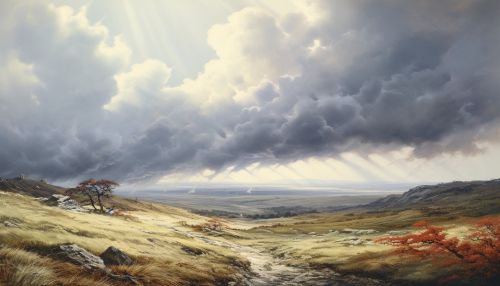
Impact of Weather Fronts
Weather fronts have a significant impact on local and global weather patterns. Their movement and interaction can influence temperature, humidity, wind, and precipitation, affecting everything from daily weather forecasts to long-term climate trends.
Impact on Temperature and Humidity
The passage of a weather front can lead to noticeable changes in temperature and humidity. Cold fronts often bring a sudden drop in temperature and decrease in humidity, while warm fronts usually result in a gradual increase in both.
Impact on Wind
Wind direction and speed can also change with the passage of a weather front. Winds usually blow parallel to the front but can shift direction once the front passes. Wind speed can also increase near a front due to the pressure gradient force.
Impact on Precipitation
Weather fronts are often associated with various forms of precipitation. Cold fronts can bring heavy, short-lived downpours, while warm fronts often bring light, steady rain. Stationary fronts can result in prolonged periods of precipitation, and occluded fronts can bring a mix of rain, snow, and thunderstorms.
Weather Fronts and Climate Change
The study of weather fronts is also crucial in understanding and predicting the effects of climate change. Changes in the frequency, intensity, and location of weather fronts can have significant implications for global weather patterns and climate.
